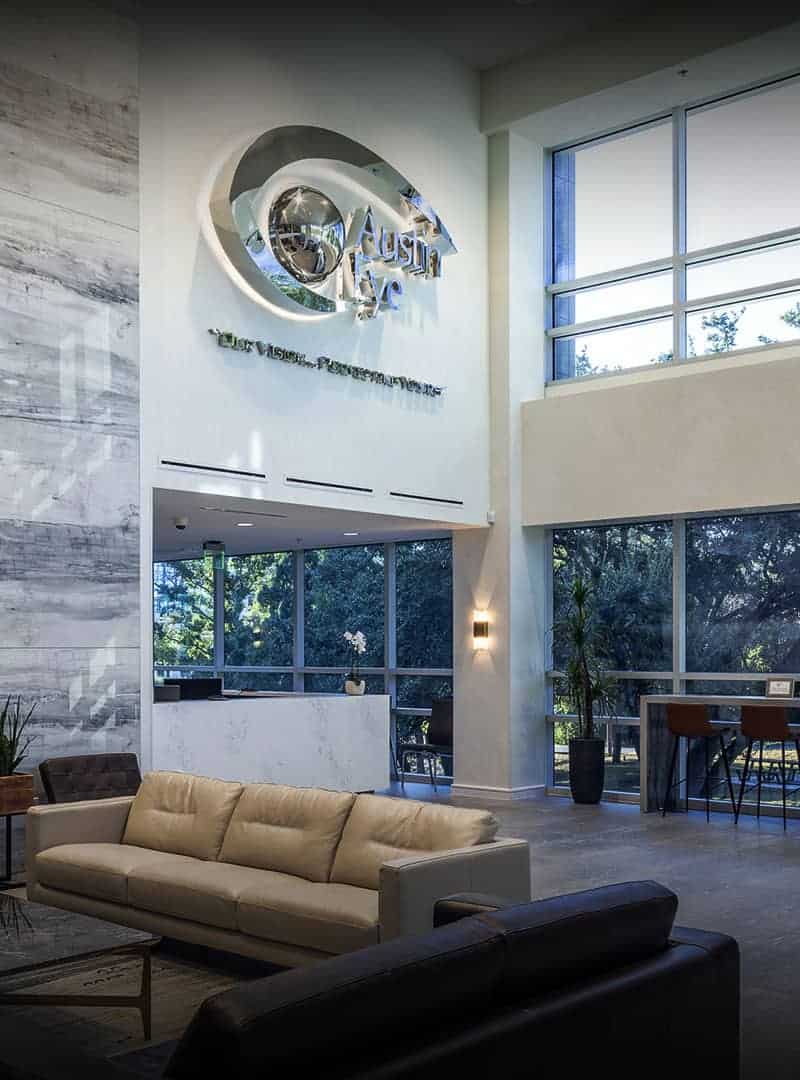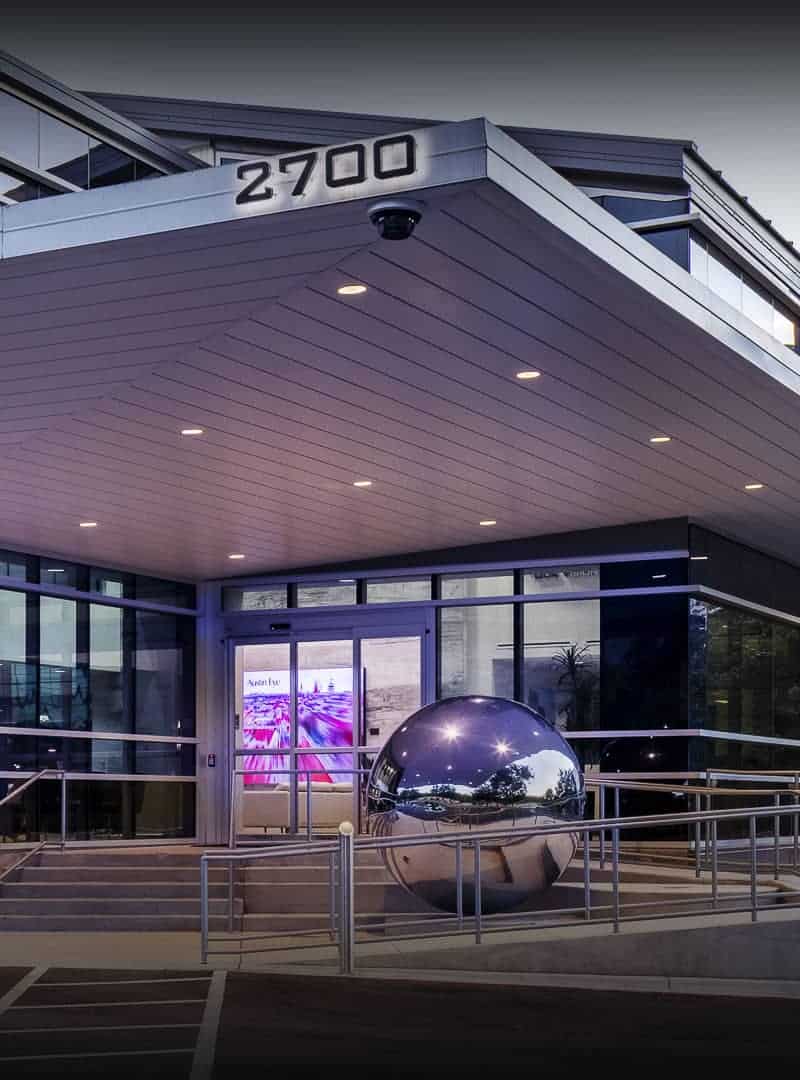 People with severe hyperopia (farsightedness) or presbyopia (aged-related farsightedness) are not candidates for LASIK and other laser eye surgeries. Premium Lens Replacement (PLR) is an option for vision correction of presbyopia or severe hyperopia to reduce dependence on glasses or contact lenses. The top eye specialists at Austin Eye explain the benefits of PLR as well as how the procedure is performed.
People with severe hyperopia (farsightedness) or presbyopia (aged-related farsightedness) are not candidates for LASIK and other laser eye surgeries. Premium Lens Replacement (PLR) is an option for vision correction of presbyopia or severe hyperopia to reduce dependence on glasses or contact lenses. The top eye specialists at Austin Eye explain the benefits of PLR as well as how the procedure is performed.
Premium Lens Replacement
PLR is very similar to cataract surgery. During the procedure, the eye’s natural lens is removed. It is replaced by an artificial intraocular lens (IOL). The difference between PLR and cataract surgery is that in the latter, the natural lens has become cloudy. With PLR, the lens is replaced for purposes of removing the need for glasses or contact lenses.
PLR is a permanent procedure. Another advantage — once PLR is performed, the eye will never develop cataracts.
PLR Candidates
The typical candidate for PLR is someone aged 45 and up wearing bifocal or multifocal lenses. While generally used to correct presbyopia, people with severe farsightedness may also benefit from PLR if they cannot undergo laser surgery.
Types of IOLs
The surgeon will use one of three types of IOLs, depending on the type of vision correction:
- Monofocal – This basic IOL allows for single-distance clear vision
- Multifocal – This IOL corrects vision across multiple distances at particular points
- Accommodating – Clear vision at all distances is the benefit of this most advanced IOL
PLR Procedure
Although PLR sounds complicated, the procedure itself does not take long and is performed on an outpatient basis. While the entire process takes just 15 minutes per eye, both eyes are not operated on at the same time. The second eye is treated one to two weeks after the first.
Patients receive a mild sedative to relax them. Numbing drops are placed in the eye. The ophthalmologist creates a tiny opening in the eye to access the lens. An ultrasound probe breaks up the lens. Once the pieces of the natural lens is removed, a flexible IOL is inserted through the opening, where it folds into position.
PLR Recovery
Patients cannot drive themselves home after PLR surgery. The majority of patients can resume normal activities in about a week post-procedure, and that includes getting behind the wheel. Avoid strenuous activity for at least two days.
Most people will notice immediate vision improvement, but that is not true of everyone. For some, it can take a few weeks before all PLR benefits become apparent. During recuperation, expect some mild discomfort as the eye heals. Temporary side effects during recovery may include:
- Blurry vision
- Glare
- Halos
Contact Us
If you would like more information about PLR and whether you are a candidate for this procedure, contact the dedicated eye care specialists at Austin Eye to schedule a consultation. We will explain PLR in detail and answer all of your questions.







